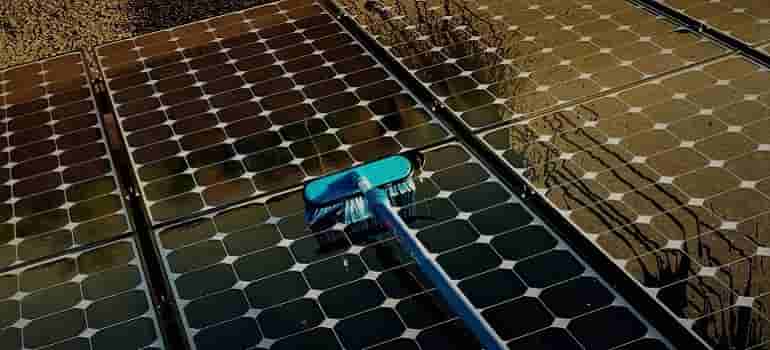It will take two to three years to establish solar photovoltaic (PV) module manufacturing capacity in the United States of America (the U.S.). But after that, Indian players must explore other overseas export markets, including Africa and South America.
In a joint report by the Institute for Energy Economics and Financial Analysis (IEEFA) and JMK Research & Analytics, it is projected that India’s solar photovoltaic (PV) module exports to the United States will continue to increase for the next few years, only to plateau in 2025 and then experience a decline from 2027. This shift is attributed to developments in domestic solar PV manufacturing in the U.S. and the European Union (EU) following the implementation of the Inflation Reduction Act (IRA) and the Green Deal, respectively.
The report highlights that the global solar installations are forecasted to reach a minimum of 1 terawatt (TW) by 2030, indicating a sustained demand for PV modules. Consequently, Indian PV manufacturers are urged to balance their focus between domestic and international markets while striving for high-quality production and scale.
Notably, PV module exports from India to the U.S. have seen a remarkable 16-fold increase in the fiscal year 2023 compared to FY2022. The U.S. has traditionally been a major export destination for Indian PV products, making it imperative for Indian companies to explore new markets, such as those in Africa and South America, post-2027.
Furthermore, the report suggests that the global transition to green hydrogen by FY2027 will create a substantial demand for solar PV panels, opening up additional opportunities for PV manufacturers.
The analysis of public announcements reveals that the IRA is expected to add 50 gigawatts (GW) of module manufacturing capacity in the U.S., while the Green Deal will contribute 31 GW of module manufacturing capacity in the EU. Indian companies also have an advantage due to their early adoption of the Production Linked Incentive (PLI-I) tranche in November 2021.
The report points out that several Indian manufacturers are planning to establish module lines in the U.S. and cell or ingot/wafer lines in India. Moreover, the success of the IRA is likely to influence future PV manufacturing policies set by Indian regulators, as it sets a precedent for climate change initiatives on a global scale. Future iterations of PLI may encompass layered incentives, extended policy impact periods, and more accessible eligibility criteria for incentives.
In summary, India’s solar PV module exports to the U.S. are expected to continue their upward trajectory for the next few years, with a subsequent decline from 2027 due to the growth of domestic manufacturing in the U.S. and the EU. Indian manufacturers are encouraged to adapt to these changes and explore emerging markets to sustain export momentum.


